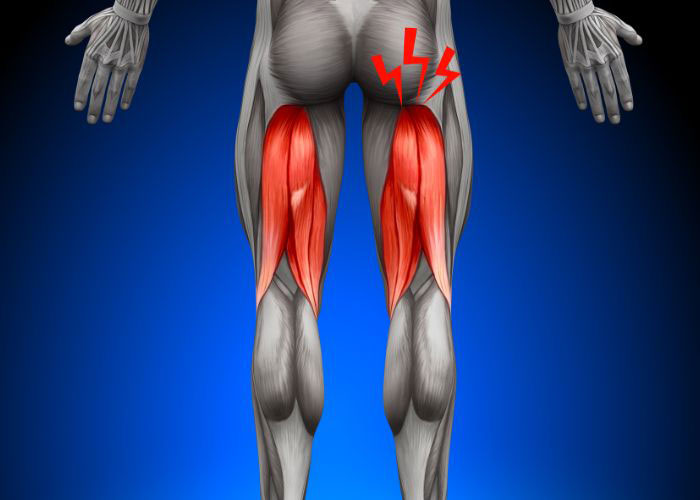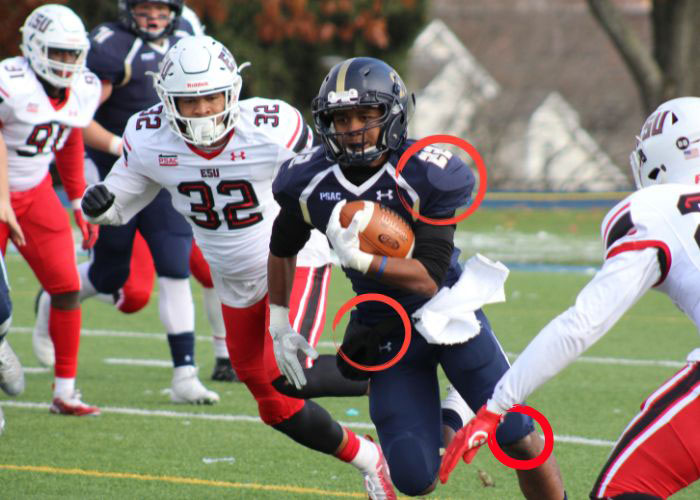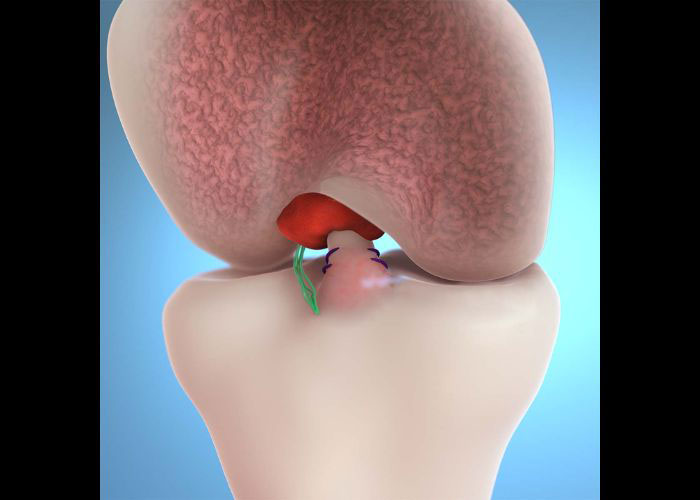Schedule an Appointment with a Hip Labrum Specialist
If you believe you are suffering from an acute labral tear requiring an urgent appointment, we will do our best to provide a same-day or next business day appointment.

If you participate in sports or activities that involve repetitive twisting movements, you may be at an increased risk of experiencing a hip labral tear. The hip labrum is a fibrocartilaginous tissue lining the joint between the femur and pelvis. Injuries to this tissue result in pain, instability when standing or moving, and a “locking” sensation with movement. Board certified complex hip specialist Doctor Ronak Mukesh Patel diagnoses and treats patients in Houston, Sugar Land, and Pearland, TX who have experienced an injury to the hip labrum. Contact Dr. Patel’s team for an appointment today!
What is the hip labrum?
The hip joint is formed into a ball-and-socket arrangement from the articulation of the head of the femur (thigh bone) into the socket portion of the acetabulum (pelvis). Lining the socket of the acetabulum is a fibrocartilaginous tissue, known as the hip labrum, that creates a seal between the femoral head and the pelvis. Even though the hip labrum does supply some joint lubrication, its primary responsibility is to restrict femoral head movement by securing the ball of the femoral head in place to provide a suction seal effect. The hip labrum also provides joint stability by deepening the acetabular socket and serves as a shock absorber by equally distributing the stresses loaded onto the hip joint.
What causes a hip labral tear?
A hip labrum tear can occur by a number of different mechanisms. Structural abnormalities, such as femoroacetabular impingement (FAI) where the femoral head and/or acetabular socket is misshapen, are the most common causes of hip labrum tears. Leaving these conditions untreated can result in excessive wear and tear of the hip labrum and cartilage and lead to osteoarthritis. Other health conditions that cause the cartilage to break down or weaken can increase an individual’s likelihood of tearing the hip labrum. Athletes are also at a higher risk of tearing the hip labrum, especially those that perform repetitive twisting or pivoting motions frequently seen in football, hockey, soccer, golf, skating, ballet or dancing. However, hip labral tears are also seen in adults actively involved in running and weight-lifting. Dr. Ronak Mukesh Patel, orthopedic hip specialist serving patients in Sugar Land, Pearland, and the Houston, Texas area, has the knowledge and understanding as well as substantial experience in treating patients who have experienced a hip labrum tear.
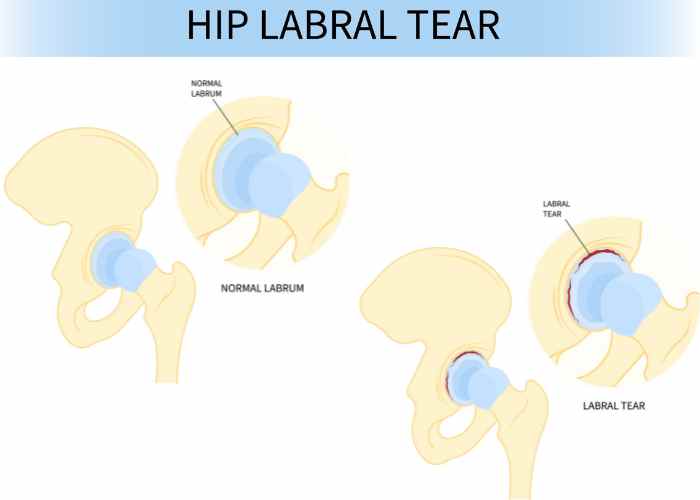
What are the symptoms of a hip labral tear?
The most common complaint of a hip labral tear is hip pain or stiffness that may worsen with certain hip movements or athletic activities. Surprisingly, some individuals do not report any symptoms at all. Some other common complaints of a hip labrum tear can include:
- Pain in the hip around the front, groin or side area
- Hip tightness or stiffness
- A “locking” or “clicking” sound with hip movement
- Pain with walking or running
- Pain with sitting
- Feeling unsteady on one’s feet or hip giving out
How is a torn hip labrum diagnosed?
Dr. Patel will perform a thorough physical examination following an interview to gather a comprehensive medical history. The physical examination will assess hip pain with certain movements and range of motion of the affected hip. Diagnostic imaging studies, such as x-rays and magnetic resonance imaging (MRI), can be helpful for confirming a hip labrum tear diagnosis.
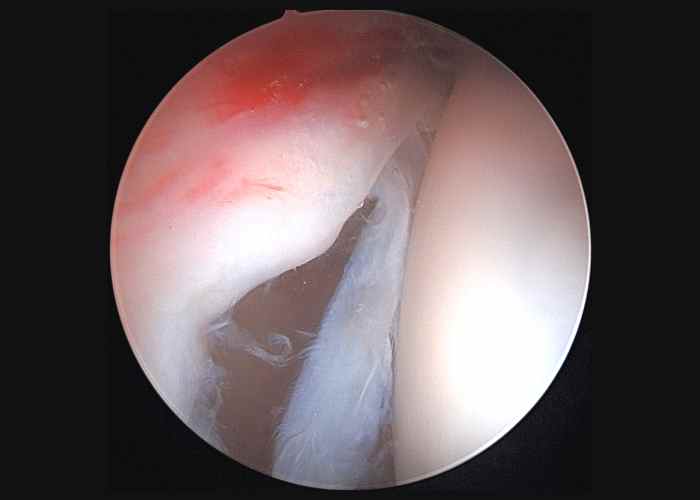
What is the treatment for a hip labral tear?
Non-surgical treatment:
Although a hip labral tear is not likely to spontaneously resolve, patients with a minor hip labrum tear may find relief with non-surgical treatment measures. A combination of resting the hip joint and non-steroidal anti-inflammatory medications (NSAIDs) may be beneficial in managing the pain and inflammation associated with this condition. If these symptoms still persist with oral medications, a corticosteroid injection can be administered directly into the hip joint. Once the pain and inflammation are well-controlled, Dr. Patel may prescribe a physical rehabilitation program that focuses on strengthening and stretching the hip and core muscles.
Surgical treatment:
If a patient does not respond well to non-surgical treatment measures, or a severe or complex hip labrum tear was sustained, surgical intervention is likely necessary to restore the original function of the hip labrum for joint stabilization. Hip labrum repair is often surgically repaired through a minimally invasive arthroscopic procedure involving a small camera (arthroscope) and specialized surgical instruments. There are different surgical approaches that Dr. Patel can employ to successfully repair the hip labrum. Debridement involves excising and removing the damaged portions of the hip labrum. The remaining healthy tissue can then be sutured back together and reattached to the bone. A complex hip labrum tear may require a tissue graft, either from the patient (autograft) or a donor (allograft), to reconstruct the hip labrum entirely. Femoroacetabular impingement (FAI), if present, will also be surgically addressed to prevent a hip labrum tear in the future.

